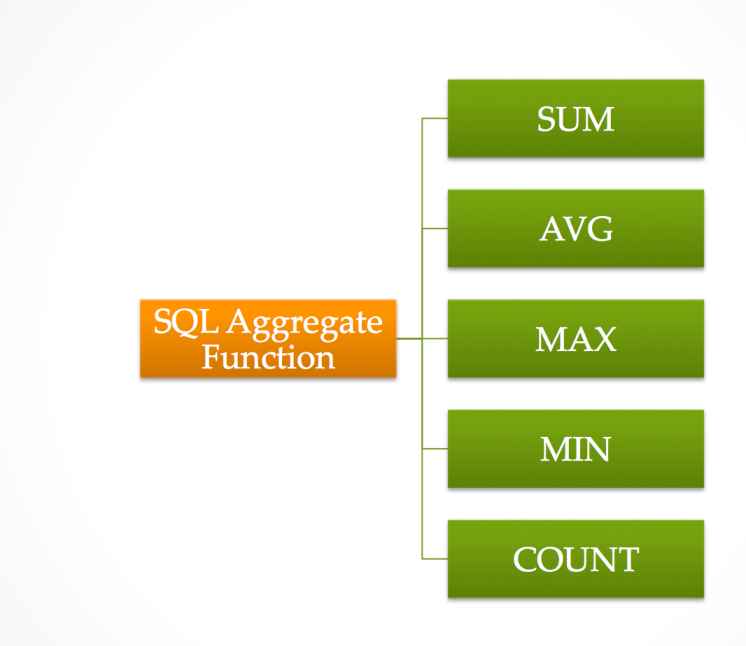SQL Testing
Introduction To RDMS
DataBase
DBMS Vs RDBMS
SQL Tutorials
SQL DataTypes
SQL Operators
SQL Statements
DDL (Data Definition Language)
SQL-Create Table
SQL-Alter Table
SQL-Drop Table
SQL-Truncate Table
DML (Data Manipulation Language)
SQL-Select Statement
SQL-Insert Statement
SQL-Update Statement
SQL-Delete Statement
SQL Constraints
SQL-Not Null Constraint
SQL-Unique Constraint
SQL-Primary Key Constraint
SQL-Foreign Key Constraint
SQL-Check Constraint
SQL Special Operators
SQL-IN Operator
SQL-LIKE Operator
SQL-BETWEEN Operator
SQL Sorting (Order By)
SQL Group By
SQL Aggregate Function
SQL Having
SQL Joins
SQL-Cross Join
SQL-Inner Join
SQL-Left Outer Join
SQL-RIGHT Outer Join
SQL-Self Join
SQL SubQueries
ISQL-Independent Sub Queries
SQL-Correlated Sub Queries
SQL Views
SQL Index
DataBase
DBMS Vs RDBMS
SQL Tutorials
SQL DataTypes
SQL Operators
SQL Statements
DDL (Data Definition Language)
SQL-Create Table
SQL-Alter Table
SQL-Drop Table
SQL-Truncate Table
DML (Data Manipulation Language)
SQL-Select Statement
SQL-Insert Statement
SQL-Update Statement
SQL-Delete Statement
SQL Constraints
SQL-Not Null Constraint
SQL-Unique Constraint
SQL-Primary Key Constraint
SQL-Foreign Key Constraint
SQL-Check Constraint
SQL Special Operators
SQL-IN Operator
SQL-LIKE Operator
SQL-BETWEEN Operator
SQL Sorting (Order By)
SQL Group By
SQL Aggregate Function
SQL Having
SQL Joins
SQL-Cross Join
SQL-Inner Join
SQL-Left Outer Join
SQL-RIGHT Outer Join
SQL-Self Join
SQL SubQueries
ISQL-Independent Sub Queries
SQL-Correlated Sub Queries
SQL Views
SQL Index
SQL Aggregate Functions
SQL Aggregate Functions are used when information like sum of column values, Count of column values , Average etc are required
- Aggregate functions are used in place of column names in the SELECT statement.

| Aggregate Function | Description |
AVG | Average of all the values in the specified column |
COUNT | Number of selected rows |
MAX | Highest value in the expression |
MIN | The smallest value in the specified column. |
SUM | Total of the values in the numeric expression |
Example
List the maximum Account Balance in the Employees Account
SELECT MAX (AccountBalance) FROM EmployeeAccount;
List the average account balance in the Employees Account
SELECT AVG (AccountBalance) FROM EmployeeAccount
LIST SUM of all account balance in the EmployeeAccount
SELECT SUM (AccountBalance) FROM EmployeeAccount
Recommended Articles:
SQL Testing
Introduction To RDMS
DataBase
DBMS Vs RDBMS
SQL Tutorials
SQL DataTypes
SQL Operators
SQL Statements
DDL (Data Definition Language)
SQL-Create Table
SQL-Alter Table
SQL-Drop Table
SQL-Truncate Table
DML (Data Manipulation Language)
SQL-Select Statement
SQL-Insert Statement
SQL-Update Statement
SQL-Delete Statement
SQL Constraints
SQL-Not Null Constraint
SQL-Unique Constraint
SQL-Primary Key Constraint
SQL-Foreign Key Constraint
SQL-Check Constraint
SQL Special Operators
SQL-IN Operator
SQL-LIKE Operator
SQL-BETWEEN Operator
SQL Sorting (Order By)
SQL Group By
SQL Aggregate Function
SQL Having
SQL Joins
SQL-Cross Join
SQL-Inner Join
SQL-Left Outer Join
SQL-RIGHT Outer Join
SQL-Self Join
SQL SubQueries
ISQL-Independent Sub Queries
SQL-Correlated Sub Queries
SQL Views
SQL Index
DataBase
DBMS Vs RDBMS
SQL Tutorials
SQL DataTypes
SQL Operators
SQL Statements
DDL (Data Definition Language)
SQL-Create Table
SQL-Alter Table
SQL-Drop Table
SQL-Truncate Table
DML (Data Manipulation Language)
SQL-Select Statement
SQL-Insert Statement
SQL-Update Statement
SQL-Delete Statement
SQL Constraints
SQL-Not Null Constraint
SQL-Unique Constraint
SQL-Primary Key Constraint
SQL-Foreign Key Constraint
SQL-Check Constraint
SQL Special Operators
SQL-IN Operator
SQL-LIKE Operator
SQL-BETWEEN Operator
SQL Sorting (Order By)
SQL Group By
SQL Aggregate Function
SQL Having
SQL Joins
SQL-Cross Join
SQL-Inner Join
SQL-Left Outer Join
SQL-RIGHT Outer Join
SQL-Self Join
SQL SubQueries
ISQL-Independent Sub Queries
SQL-Correlated Sub Queries
SQL Views
SQL Index
